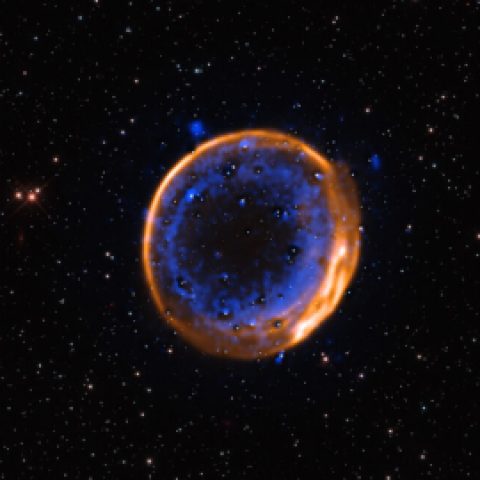Scientists have finally uncovered the mystery behind the death of over 5 billion sea stars along the Pacific coast of North America. This troubling event began in 2013 and is known as the sea star wasting disease. It has taken a toll on more than 20 species, particularly affecting the sunflower sea star, which saw a staggering 90% decline in its population within just five years.
Marine disease ecologist Alyssa Gehman, part of the research team at the Hakai Institute, described the disease as “gruesome.” Healthy sea stars typically display puffy arms. However, the disease causes lesions that lead to arm loss and disintegration.
A recent study published in Nature Ecology and Evolution identifies the perpetrator: a bacterium called Vibrio pectenicida. This bacterium has also been found in shellfish.
Rebecca Vega Thurber, a marine microbiologist at UC Santa Barbara, expressed that these findings resolve an important question regarding the disease. “Now that we know the cause, we can act to help sea stars,” she said.
Sea stars come in various shapes and colors, often having five arms or, in some cases, up to 24. The symptoms of this wasting syndrome include twisted arms, white lesions, and gradual body breakdown, often leading to death within days.
The journey to identify the disease’s cause was not straightforward. Initial research suggested a virus might be to blame, but this led to the misunderstanding that a common densovirus in healthy sea stars was harmful. The breakthrough came from analyzing a specific bodily fluid, revealing the harmful bacteria hidden there.
Microbiologist Blake Ushijima praised the careful detective work the research team conducted. Understanding the disease now allows for potential interventions. The sunflower sea star is currently listed as critically endangered by the International Union for Conservation of Nature.
Prentice, another researcher, mentioned that scientists could now look for healthy sea star populations and consider options like relocation or breeding in captivity for future restoration.
There’s ongoing interest in the relationship between rising ocean temperatures and the prevalence of the Vibrio bacteria. Research will explore whether some sea stars have natural immunity and whether treatments like probiotics could help them resist the disease.
The impact of the sea star decline goes beyond just their species. Healthy sea stars control the population of sea urchins, which, without their natural predators, have soared. This overpopulation has destroyed about 95% of the kelp forests along Northern California’s coast. Kelp forests are vital as they provide habitat and food for many marine species, including fish, sea otters, and seals.
As researchers continue their efforts, they hope to restore the roughly 200 species of marine life that rely on kelp forests, often referred to as the “rainforests of the ocean”. The fight to save the sea stars is crucial not just for their survival but for the health of entire ocean ecosystems.
For more on this important topic, see the National Park Service’s information on the symptoms and impact of sea star wasting syndrome.




















